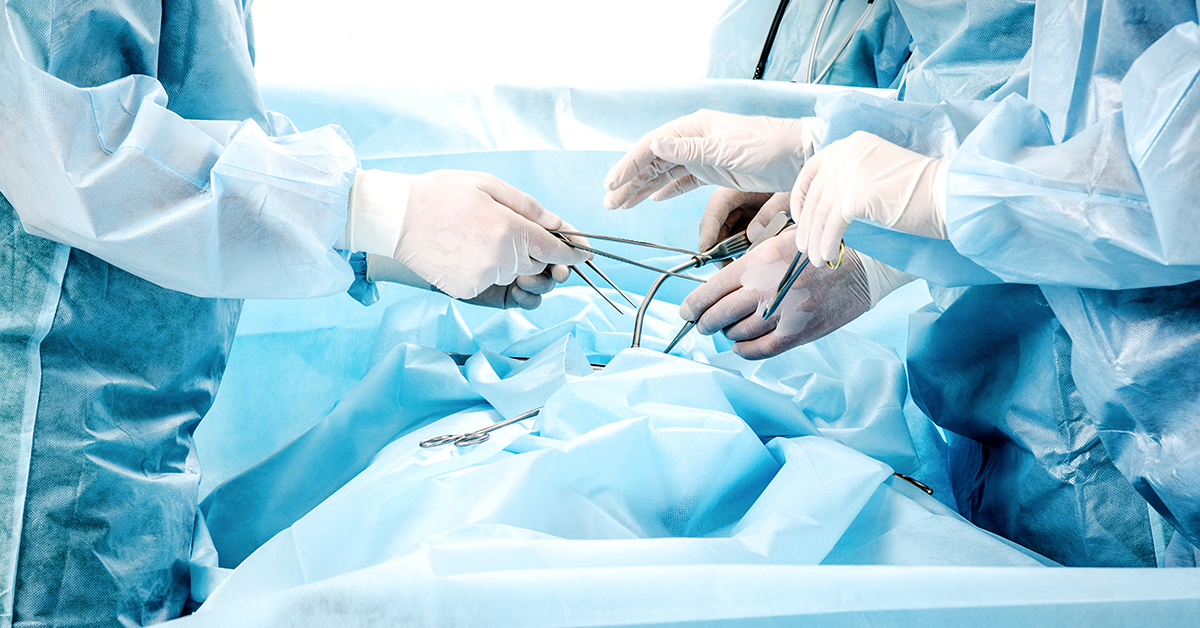
What is Knee Arthroscopy and Anterior Cruciate Ligament (ACL) Reconstruction?
Anterior cruciate ligament reconstruction, or ACL reconstruction, is a procedure performed to treat injuries to the anterior cruciate ligament, or ACL, by replacing the ACL with a tissue graft. Injuries to the ACL are one of the most common ligament injuries in the knee. If the damage to the ACL occurs without making the knee unstable, or if the patient is elderly or has a very low physical activity level, conservative treatment like bracing and physical therapy are attempted first. If the injury is severe and the knee is unstable, this operation will likely be performed. Only your physician can determine the right treatment for your injury.
Who needs Knee Arthroscopy and Anterior Cruciate Ligament (ACL) Reconstruction?
Ligaments are tissue that connect and hold bones together to provide stability in the knee. The ACL is one of four primary ligaments that hold the knee together. It is located inside the knee joint, running diagonally in the middle of the knee and connecting the bottom of the thigh bone, or femur, to the top of the lower leg bone, or tibia. It is in charge of rotational stability in the knee, but it also prevents the tibia from sliding forward in front of the femur.
The ACL is one of the most injured ligaments in the knee. Many ACL injuries occur in conjunction with damage to other components of the knee joint, like cartilage, meniscus, or other ligament damage. Injury to the ACL happens most often in sports, but it can happen if the knee is hyperextended or forced to twist abnormally, whether from suddenly changing direction or stopping, slowing down while running, incorrectly landing while jumping, or direct contact of collision.
ACL tears are usually complete or near complete tears, and most of these tears are not able to be repaired. ACL reconstruction is used to replace the ACL with a tissue graft. Symptoms of a torn ACL vary, depending on severity. Many patients hear a popping noise, followed by the knee "giving." Other symptoms might include painful swelling, impaired mobility and range of motion, and joint tenderness.
What are the steps in this procedure?
Initial Incision Is Made
The surgeon first makes an incision over the front of the knee to expose the knee cap, or patella, and the ligament and tendon holding it in place.
The Autograft is Removed
The surgeon then removes a strip from the patellar ligament and tibia to be used as an autograft. An autograft is a piece of tissue harvested from the patient's own body for use somewhere else in the patient's body. The most common graft choice for ACL reconstruction is a portion from the patellar tendon, although hamstring tendons, quadriceps tendon, and donor grafts are also used. Only your surgeon can determine which graft is best for you.
The Arthroscope is Inserted
The surgeon then closes the incision made for harvesting the autograft. Small incisions are then made on the sides of the knee. The rest of the procedure is performed arthroscopically, meaning the surgeon performs the procedure through these small incisions. The first step is the insertion of a small camera into one of the small incisions. The surgeon uses this camera to see inside the joint.
Damaged ACL Is Removed
The patient's knee is bent, and the surgeon removes away the damaged ACL.
The Guide Pin is Inserted
The surgeon then inserts a special pin diagonally from the tibia to the femur to use as a guide for reconstruction of the ACL.
Holes are Drilled
The surgeon drills holes in the tibia and femur, using the inserted pin as a guide.
The Autograft is Attached
The surgeon then attaches the autograft to the guide pin and pulls it through the holes in the tibia and femur. The graft is then attached securely to the femur and tibia with special screws.
End of Procedure
The surgeon then flexes the patient's knee to test the new joint.
After the Surgery
Rehabilitation is a very important part of recovery from ACL injuries, no matter how severe. After ACL reconstruction surgery, your doctor will prescribe physical therapy exercises. Adherence to these exercises is very important for regaining normal mobility, strength and range of motion. Recovery time varies according to rehabilitation, severity of injury, and other factors.

